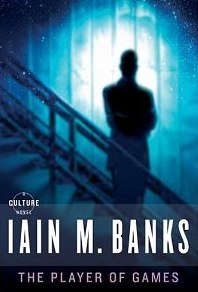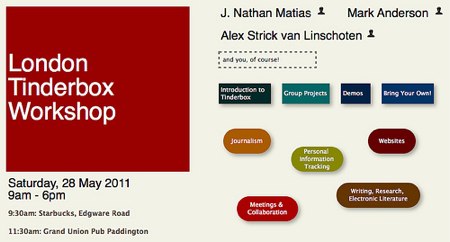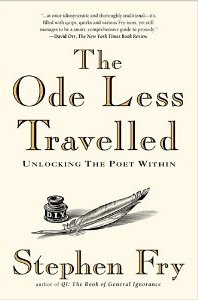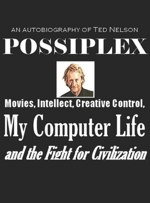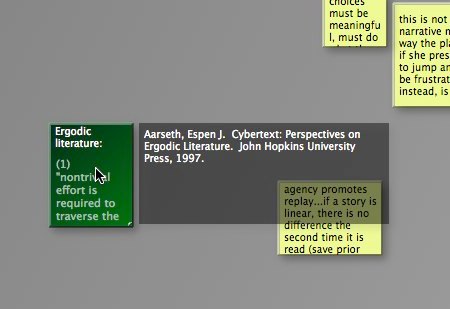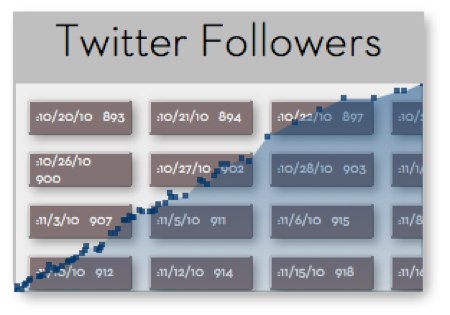I make a point of seldom linking to the Electronic Book Review, but Stuart Moulthrop’s For Thee: A Response to Alice Bell and review of Bell’s The Possible Worlds of Hypertext Fiction , repays attention. Moulthrop gets off to a slow start, but eventually he arrives at some fine and carefully-argued points.
, repays attention. Moulthrop gets off to a slow start, but eventually he arrives at some fine and carefully-argued points.
Bell writes that
As studies have shown...the distribution of hypertext fiction is limited to a relatively, small, niche market which mainly includes other writers of hypertext fiction and university students. (166)
and urges us to take steps to escape the niche. Moulthrop’s rejoinder, argued carefully and wisely, is that many places worth being are niches.
For Dr. Bell, the adjectival niche is a term of suspicion. I disagree, having learned to think of literary or cultural niches not as traps, but as necessary predicaments or premises. As I see it, if dwellers in these dens need to escape anything, it is the niche distinction itself, the overriding concern with separation of specialist and popular markets. Indeed, that numinous word market seems ripe for inspection.
Granted, inspection can never lead all the way to categorical rejection, so long as we inhabit the neo-imperial metastate, or in literary terms, what I have elsewhere called Reagan Library. Markets exist ineluctably, perhaps as a condition of language, consciousness, or animal being, and the value of what we think and make continues to be set by their unseen hands. It would be disingenuous to claim otherwise while discussing a study that may help establish the value of hypertext fiction, a literary project to which I have long been committed. While I would suggest a different understanding of markets, one less concerned with dominance than circulation, perhaps more attuned to attention than capital, I freely concede that value is always a vexed business.
Got to love that “neo-imperial metastate!” (Moulthrop, I believe, was the first to name the “military-entertainment complex.”)
Why do so many Professors of English spend so much time worrying about the popularity of new media? Folks: there are people who are paid to worry about what sells and what doesn’t. They are called, “the sales department.” They (we) are your natural enemy. These people are (sometimes) good at their work. It is their job, not yours, and they neither desire nor require your help.
Your job is to figure out what is worth reading, and explain why. You receive more praise, not less, for finding merit in obscure and little-known work. Nobody needs a professor to tell them what is in the window at the bookseller or what they’re reading at Elaine’s.
